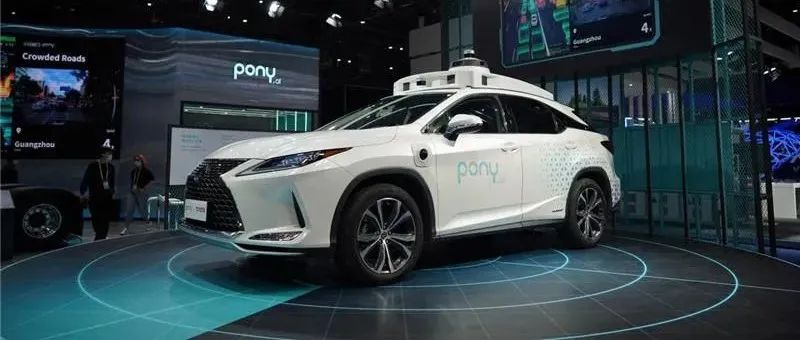Introduction
In recent times, the rumors about Xiaoma Zhixing’s car making have been incessant. In response, the company’s official account thanked everyone for their attention and responded to three points:
-
Xiaoma Zhixing’s car making is all false information. The company is steadily promoting the productization and commercialization of autonomous driving. The design team will focus on the design of autonomous driving systems, not whole vehicle design.
-
Ride-sharing and commercial vehicle applications of autonomous driving technology are Xiaoma Zhixing’s two core business areas, and in the future, the company will continue to increase investment in autonomous driving trucks and smart logistics services to accelerate development in both areas.
-
Xiaoma Zhixing has always been committed to creating an excellent virtual driver. All business is centered around this goal, including Robotaxi, Robotruck, and related mobility and smart logistics services. Lenovo’s recent actions and the recent remarks of Xiaoma Zhixing’s Vice President and Head of Beijing Research and Development Center, Zhang Ning, on the company’s evolution in autonomous driving are enough to prove that the above clarification is sincere.
Lenovo’s recent actions and the recent remarks of Xiaoma Zhixing’s Vice President and Head of Beijing Research and Development Center, Zhang Ning, on the company’s evolution in autonomous driving are enough to prove that the above clarification is sincere.
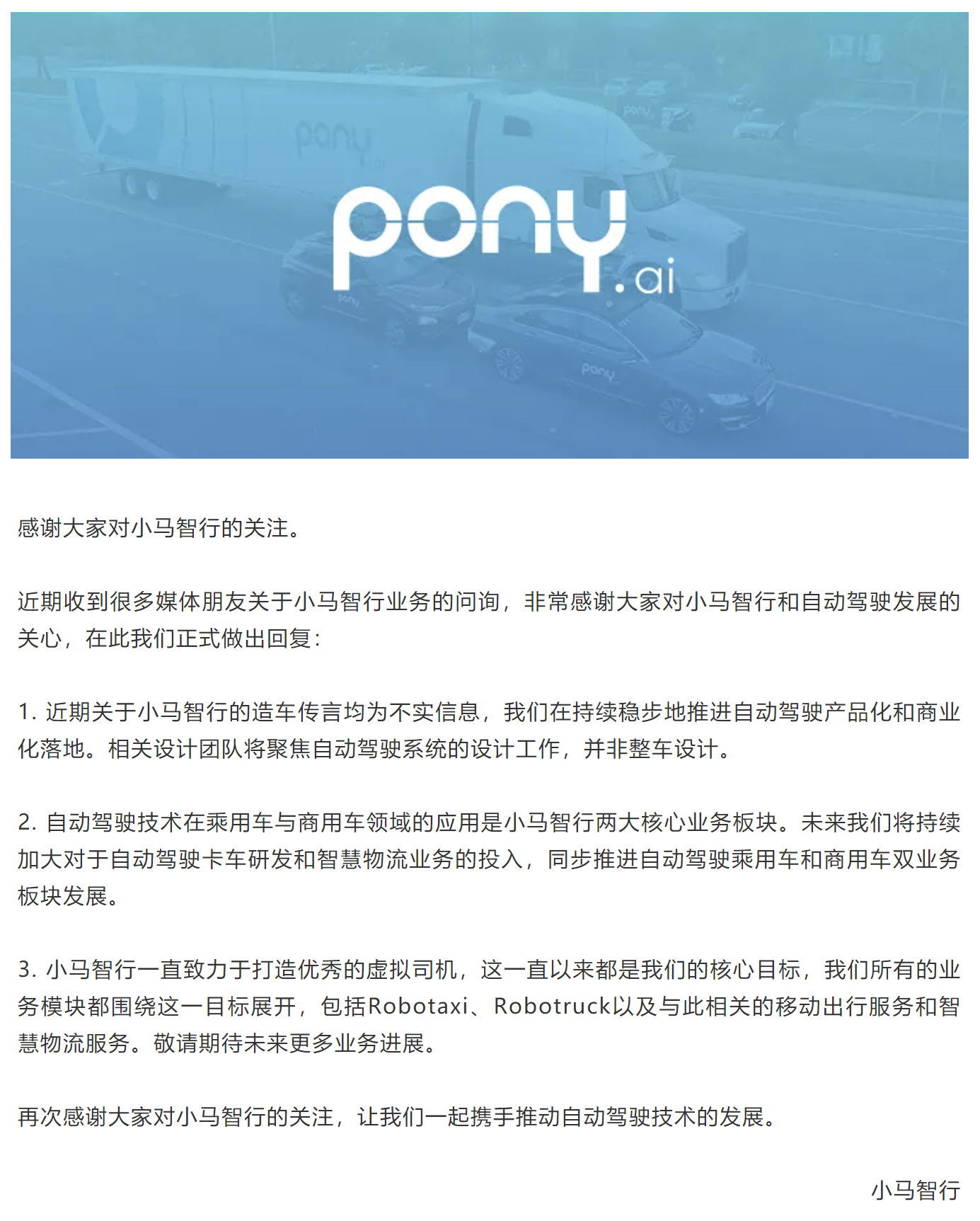
Performance of Autonomous Vehicles that One Must See to Believe
On October 15th, Xiaoma Zhixing was granted the first batch of licenses for autonomous road testing in the “Beijing Intelligent Networked Vehicle Policy Pilot Zone,” officially starting the autonomous driving and unmanned road testing without a safety officer in the driver’s seat. Since the beginning of this year, Xiaoma Zhixing has obtained licenses or permits for autonomous testing in California, Guangzhou, and Beijing, becoming the first autonomous driving company to receive autonomous driving and unmanned testing licenses/permits in Beijing, Guangzhou, and California.
On October 22nd, the “2021 Intelligent Automobile Future City Carnival” opened at the Dazhu Plaza in the Beijing Economic and Technological Development Zone. The Lexus SUV equipped with Xiaoma Zhixing’s autonomous driving system began to experience the autonomous driving function on public roads, with a speed limit set at around 60 kilometers per hour and a test journey of around 20 kilometers.
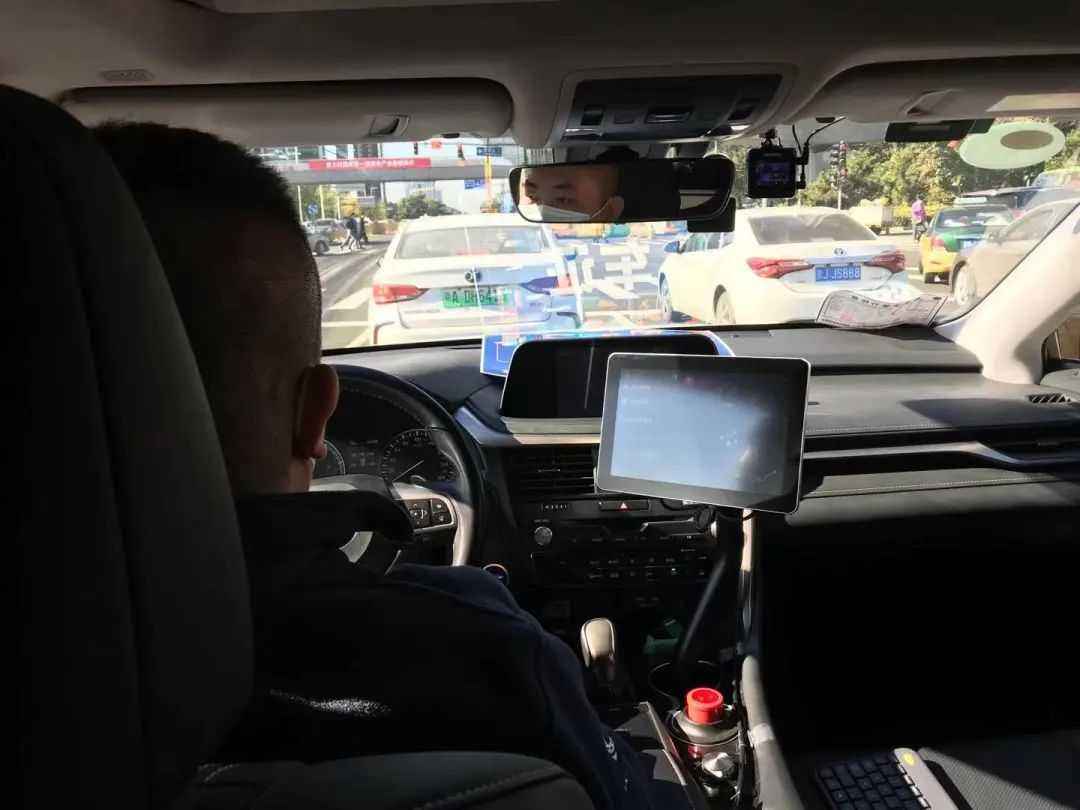
During the journey, the car I rode in continuously passed several cars in the left lane, smoothly starting up, changing lanes, stopping at red lights, and following traffic. If you didn’t know, you wouldn’t even feel that it was a machine driving; encountering an electric bicycle crossing a dozen meters ahead didn’t affect the process at all, and the entire journey can be described as smooth driving.Recently, Pony.ai released video footage of a driverless test drive. The video showed the two founders of Pony.ai, Peng Jun and Lou Tiancheng, sitting in the backseat of their autonomous car on public roads in Guangzhou, China. Despite the complex traffic conditions, including a mix of cars and pedestrians, the Pony.ai vehicle demonstrated remarkable stability and reliability.
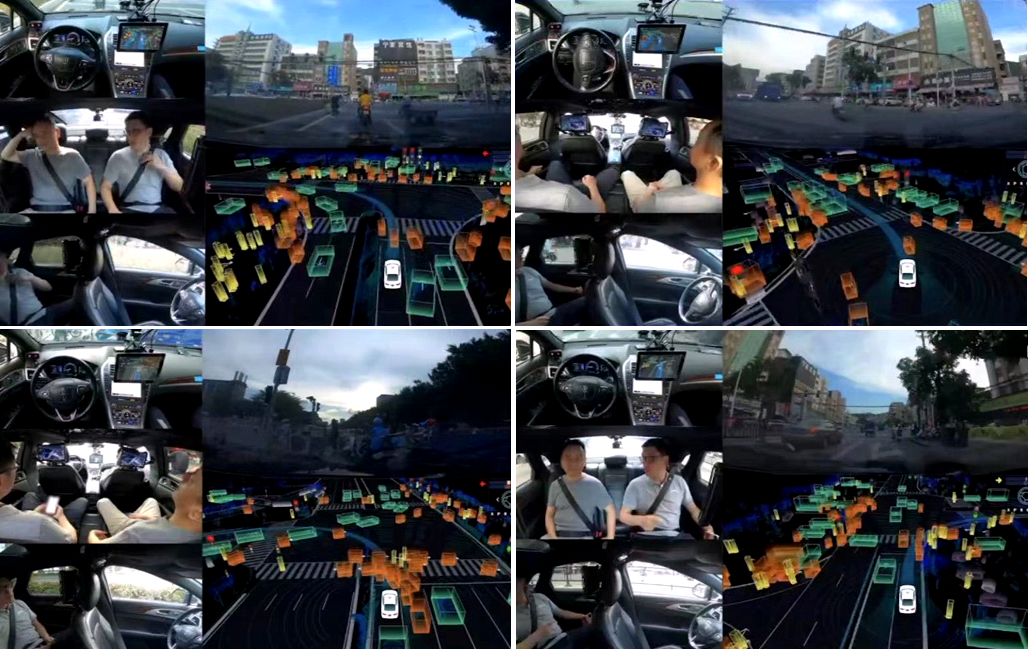
In the video, Peng Jun even took a nap on the road, indicating the founders’ confidence in their autonomous vehicle. The progress that Pony.ai has made is a testament to the evolution of the industry over the past several years.
A Glimpse into the Evolution of Autonomous Driving
Zhang Ning, a Pony.ai spokesperson, explained that the company was founded at the end of 2016 and is now about to celebrate its fifth anniversary this December. In nearly five years, Pony.ai has experienced rapid growth. The company has opened research and development centers in Beijing, Shanghai, Guangzhou, and Silicon Valley. Furthermore, it has established partnerships with major automakers, including Toyota, Hyundai, FAW, and GAC.
In February 2020, Toyota led Pony.ai’s B round financing with a $400 million investment, bringing the company’s total funding to $1.1 billion as of February 2021. Pony.ai is now valued at over $5.3 billion, making it one of the most valuable and technologically advanced autonomous driving companies in the world.
Pony.ai has always been committed to developing the most advanced virtual driver technology to free drivers’ hands. The company’s accomplishments are evident. In 2018, PonyPilot, its user-centric autonomous driving service, was launched in China and the United States. In May 2021, the upgraded PonyPilot+ has expanded its service area to 150 square kilometers in Beijing’s advanced autonomous driving demonstration area (Beijing Yizhuang), covering public facilities such as subway stations, parks, sports centers, commercial areas, and residential areas. The service operates from 8:30 AM to 10:30 PM, supports all-day and long-term operation, and has achieved high customer satisfaction with a score of 4.91 out of 5.
Currently, Pony.ai offers RoboTaxi services in five major cities: Beijing, Guangzhou, Shanghai, Fremont, and Irvine. From 2018 to now, the RoboTaxi service has completed more than 300,000 orders worldwide, with a comprehensive user satisfaction rate of 4.91 out of 5. This high rating reflects the recognition that users have for Pony.ai’s autonomous driving technology.To date, Pony.ai’s global fleet has cumulatively completed over 8 million kilometers of testing distance, equivalent to circling the earth 200 times or traveling to the moon and back over 20 times. Behind these numbers is the relentless effort of Pony.ai engineers, representing that the goal of creating mature virtual drivers is getting closer and closer.
In the past few years, Pony.ai has gradually formed two core businesses simultaneously in the passenger and commercial vehicle sectors. In the passenger vehicle sector, Pony.ai’s main focus is on the RoboTaxi business, providing autonomous driving travel services. In the commercial vehicle sector, Pony.ai’s self-driving truck technology research and development mainly focuses on intelligent logistics and trunk logistics.
In the next few years, Pony.ai will further strengthen the two core businesses and actively explore new businesses. In the RoboTaxi autonomous driving travel services field, Pony.ai will further expand the scale of the operation fleet, gradually push forward unmanned testing, and allow autonomous driving technology to bring real economic and social benefits. In the field of autonomous driving trucks, Pony.ai has already laid out the groundwork in 2018, and has successively started road testing in Guangzhou and Beijing, achieving many milestone progressions. After Pony.ai established the Pony.ai Smart Logistics business unit last year, it has begun to try some different commercial operational projects. Perhaps in the not-too-distant future, Pony.ai will contribute a part to China’s entire logistics army.
Let’s take a look at the proud achievements Pony.ai has garnered in Beijing since the establishment of its first R&D center in China in March 2017.
In June 2018, Pony.ai obtained the T3 level autonomous driving vehicle road test license issued by the Beijing municipal government (road test license plate), becoming the first start-up company to receive this license.
In September 2019, Pony.ai officially settled in Zhongguancun No.1, and the development of the Beijing R&D center entered the fast lane. The Beijing R&D center is currently the largest R&D center of Pony.ai globally.
In May 2020, Pony.ai once again received a license for manned testing in Beijing, and also became the first start-up company to receive this license.
Milestones in unmanned road testing
In May of 2021, Pony.ai officially provided RoboTaxi services for the public in Beijing. At the same time, Pony.ai began to launch regular full unmanned tests on public roads in Fremont, Irvine, and Milpitas, California.
In June, fully unmanned autonomous driving vehicles joined Pony.ai’s Guangzhou RoboTaxi fleet and started unmanned testing in Guangzhou, playing an important role in the closed, non-contact transportation and distribution of materials during the outbreak in the Liwan and Nansha districts of Guangzhou.
In July, Pony.ai as one of the first companies, obtained the high-speed road test license in Beijing’s intelligent network-connected automobile policy pilot area, meaning that Pony.ai can not only conduct autonomous driving testing in busy urban areas but also on highways.The Latest Milestone of Xiaoma Zhixing Follows the Important Breakthrough in Beijing Policy. On October 15th, it became one of the first companies to obtain a license for unmanned testing in Beijing’s intelligent networked automobile policy pilot zone. As of now, Xiaoma Zhixing has a total of 5 cars joining daily unmanned operation tests, covering an area of approximately 20 square kilometers in Beijing’s Yizhuang district, over 100 kilometers of public roads, including major subway stations, residential areas, science and technology parks, and more.
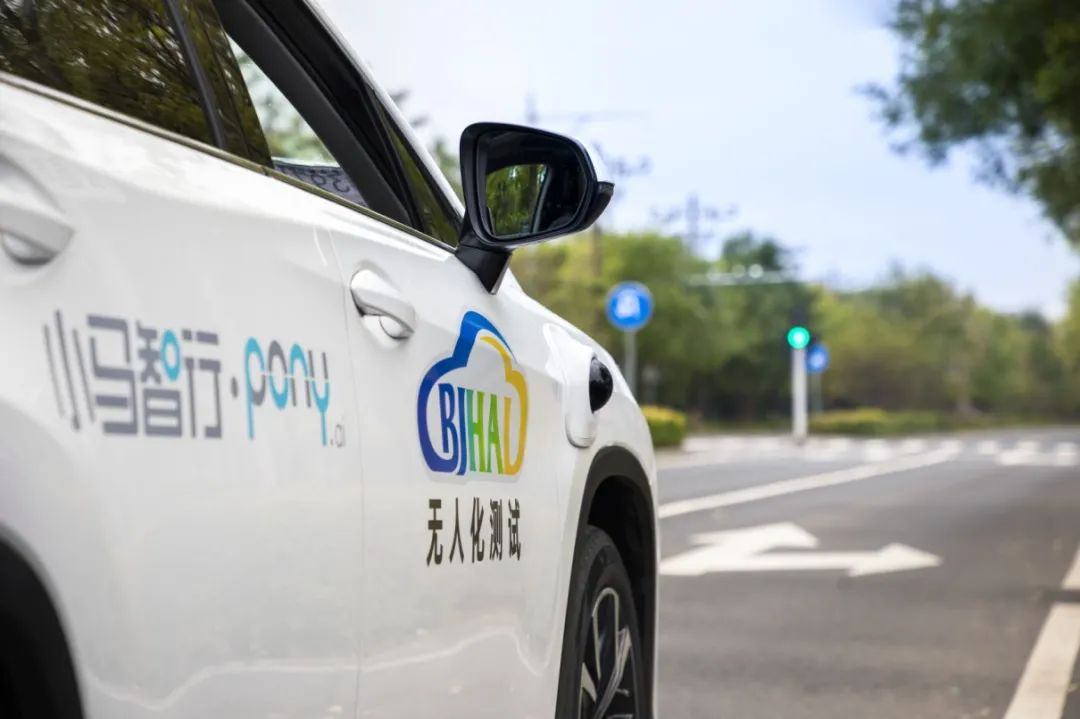
According to the current regulations, unmanned testing needs to progress step by step. The first stage is testing with a human in the driver’s seat and a human in the passenger seat; the second stage is testing with no human in the passenger seat but a human in the back seat, and the third stage is to achieve complete unmanned automatic driving testing. This is a gradual process that is gradually accepted by society, regulations, and more. Therefore, Xiaoma Zhixing believes that its advanced virtual driver technology can give the public stronger confidence in unmanned driving technology and promote such futuristic black technology to truly enter the homes of ordinary people and enhance the entire society’s trust in automatic driving technology.
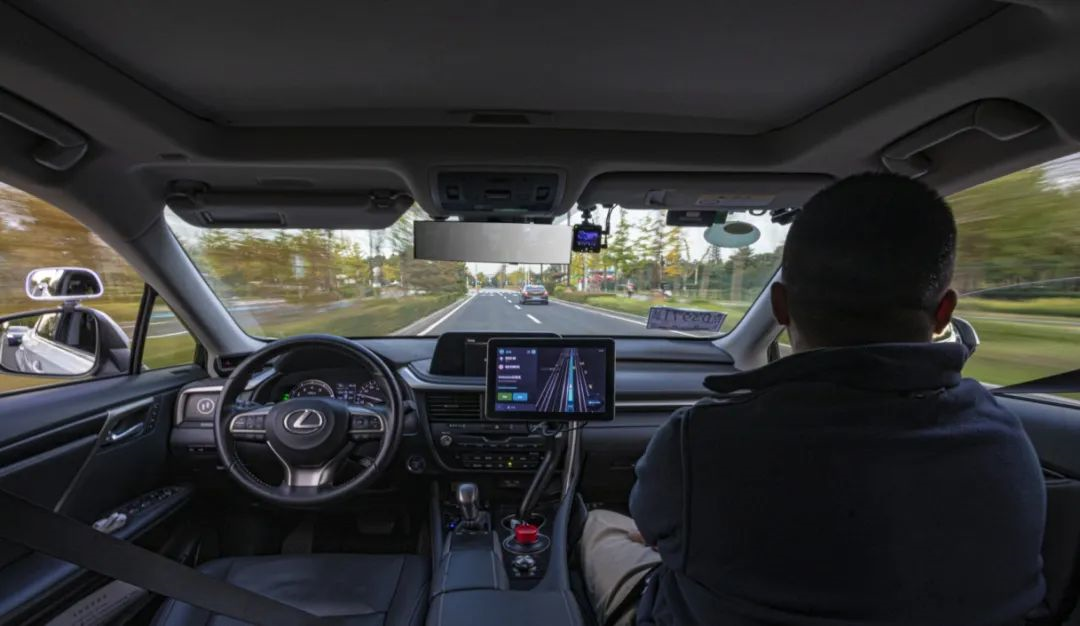
So far, Xiaoma Zhixing has conducted unmanned related road testing in both China and the United States, including regular road testing or operation in Beijing, Guangzhou, Fremont, Irvine, Milpitas, and other cities in the United States.
The Journey So Far
When discussing the evolution of autonomous driving, Zhang Ning said that a key time point was in 2009 when Google launched its autonomous driving car project, known later as Waymo. This marked the beginning of autonomous driving’s shift from laboratory research to commercialization, and people began to explore the possibility of applying autonomous driving technology on a wide scale.
In 2013, the emergence of high-performance chips, lidar, and deep learning algorithms pushed the development of the entire industry chain, accelerating the pace of autonomous driving technology’s rapid advancement. The technology also began to receive more attention, and autonomous driving vehicles started running on public roads.
In 2016, various countries intensified their policy support for autonomous driving and intelligent connected vehicle (ICV) technologies. China, Japan, Singapore, the United States, and other countries began to actively experiment with these technologies. In the same year, the Ministry of Industry and Information Technology (MIIT) published the Development Technical Roadmap for Intelligent and Connected Vehicles, which promoted the construction of China’s first national-level ICV pilot demonstration zone. The opening of policies became an important external factor, and by 2020, the industry believed it was the first year of commercialization and the second half of autonomous driving.The first half of autonomous driving is a phase of building mature technology and accumulating product experience to prove the feasibility of the technology. In the second half, more and more players in the industry, including many major automakers, are joining the race towards autonomous driving.
“What will happen in the second half of autonomous driving? What is the next step?” Pony.ai believes that unmanned driving and large-scale production will be the two major obstacles faced by the autonomous driving industry, and they are the challenges that all autonomous driving companies will face in the next step. Before crossing these two obstacles, all autonomous driving tests are only in the testing phase, not actual products for the public. On a large scale, Pony.ai has made many attempts. In February of this year, Pony.ai announced that the first batch of autonomous vehicles equipped with the new generation system had officially gone off the standardized production line and joined the company’s RoboTaxi fleet. They have opened full-time autonomous driving public road tests in Guangzhou, Beijing, and Shanghai. Pony.ai’s fully unmanned autonomous driving system enables passenger cars to achieve L4 level autonomous driving in urban scenarios and complex weather conditions, such as rush hour, unprotected intersections, narrow roads, mixed traffic, temporary construction, as well as rainy, dusty, and hot weather.
It is reported that from design and development to production line production verification, this batch of vehicles has gone through rigorous standardization processes. Referring to the vehicle regulations, there are only more than 40 production processes and more than 200 rigorous quality inspection items, including crash tests, vibration tests, thermal chamber tests, waterproof tests, and so on, to ensure the consistency of the system. With the support of the production line, Pony.ai’s production efficiency has also increased by six times, greatly accelerating the production pace. This has also further accumulated Pony.ai’s experience in independent research and development, production, testing, and supply chain management, demonstrating its’ strong capabilities.
The large-scale road to autonomous driving needs to be explored step by step, and Pony.ai has once again achieved a breakthrough from 0 to 1 in hardware self-research, new production line construction, vehicle batch production, and verification, accumulating valuable experience for the subsequent promotion of fully automatic driving car’s front-loading production.
Until now, most L4 level autonomous driving vehicles still have large sensors on top of their heads. In the future, with Pony.ai’s continued optimization of the system and technology, autonomous driving vehicles will be more integrated, aesthetic, lightweight, safe, and reliable. Pony.ai plans to scale to produce vehicles equipped with the new system in 2023.
Finally, Zhang Ning stated that “the road to autonomous driving evolution has reached the moment when quantitative change leads to qualitative change.” The previous stage of technology accumulation will gradually enter commercial applications, truly serving people’s lives. And in Yizhuang, Beijing, Nansha, Guangzhou, and Jiading, Shanghai, you can experience Pony.ai’s autonomous driving travel service and the charm of future travel. The era of autonomous driving is within reach.
This article is a translation by ChatGPT of a Chinese report from 42HOW. If you have any questions about it, please email bd@42how.com.
